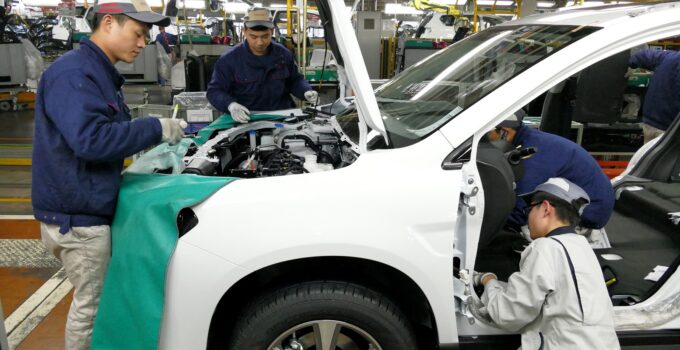Every car enthusiast knows the thrill of getting behind the wheel of a new vehicle. But did you know that some manufacturers cut corners in ways that might surprise—and disappoint—you? Here are the sneaky ways companies skimp on quality to save a buck, often at your expense.
1. Using Cheaper Materials
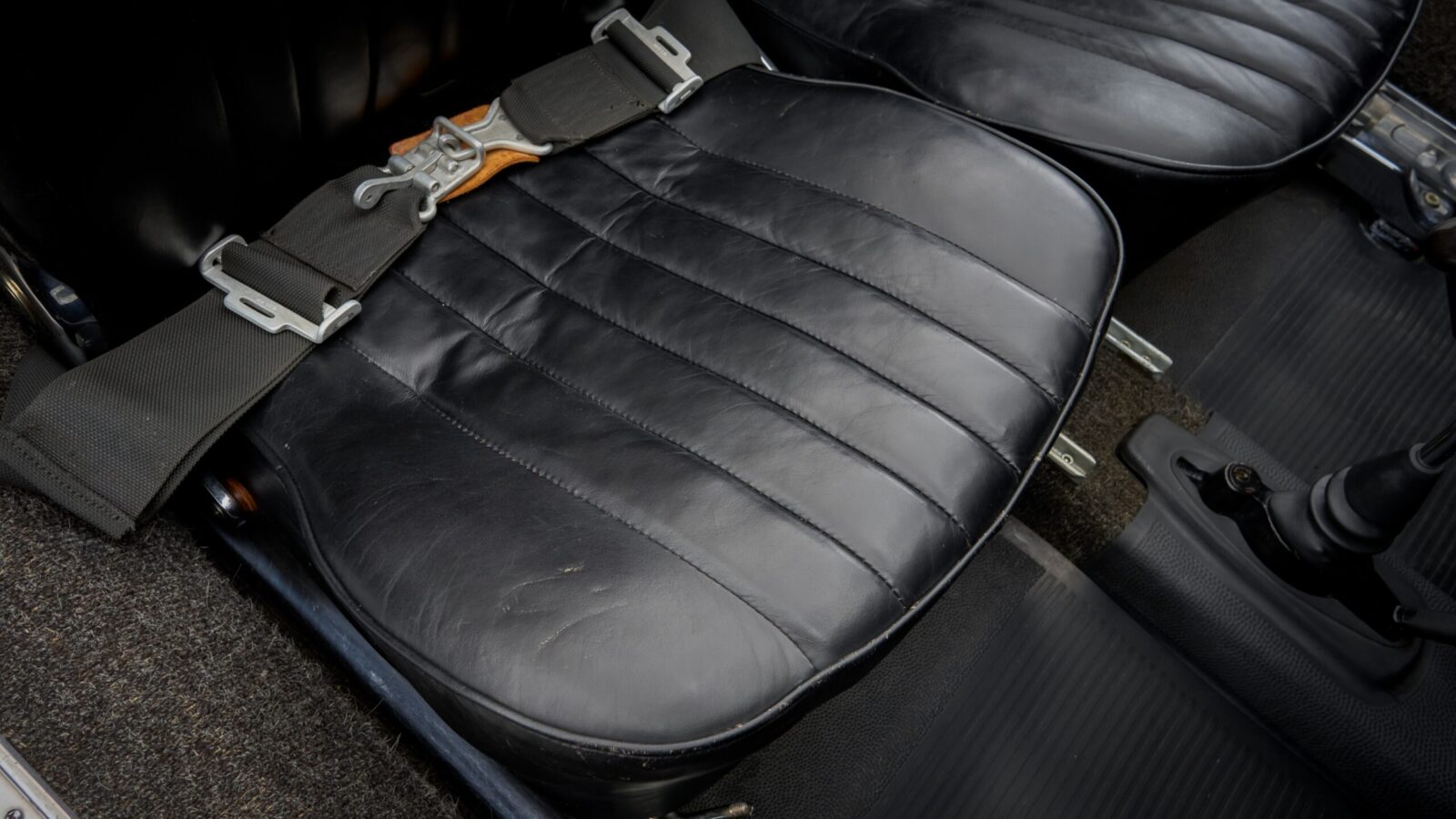
Image Credit: Shutterstock / The Image Engine
You’d expect your car to be made of top-notch materials, right? Unfortunately, many manufacturers use lower-grade materials in key components to save money. This can lead to parts wearing out faster and less durability overall. Imagine buying a new car and seeing the interior start to fade and crack within a few years—annoying and costly to fix!
2. Reducing Material Thickness

Image Credit: Shutterstock / SofikoS
It might not be obvious at first glance, but reducing the thickness of metals and plastics in your car can save manufacturers a ton of money. However, this compromise often results in a weaker structure. Have you ever seen a car crumple like a tin can in a minor accident? That’s what cutting corners looks like.
3. Cutting Corners on Paint Quality
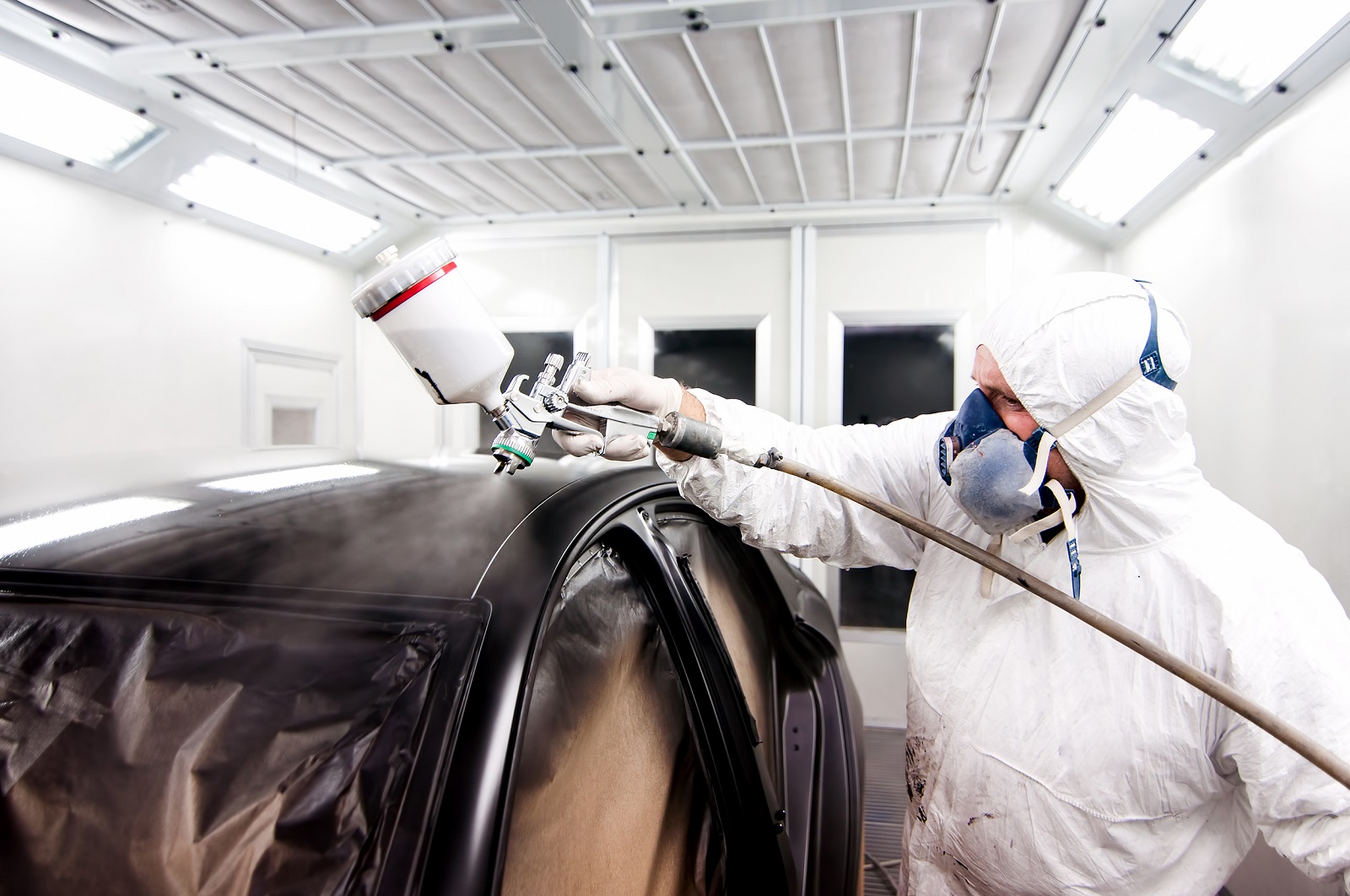
Image Credit: Shutterstock / bogubogu
Think that shiny new car will stay looking fresh for years? Think again. Some automakers save on costs by using cheaper paint or applying fewer coats. This can cause the paint to chip and fade much sooner than you’d expect, leaving your once-beautiful ride looking worn out and dull.
4. Simplifying the Manufacturing Process

Image Credit: Shutterstock / Gorodenkoff
Efficiency in manufacturing is great, but not when it comes at the cost of thorough quality checks. By streamlining processes, companies can push out more cars faster, but it often means more defects and higher recall rates. It’s like paying for a premium product but getting factory seconds.
5. Skipping Rust Protection
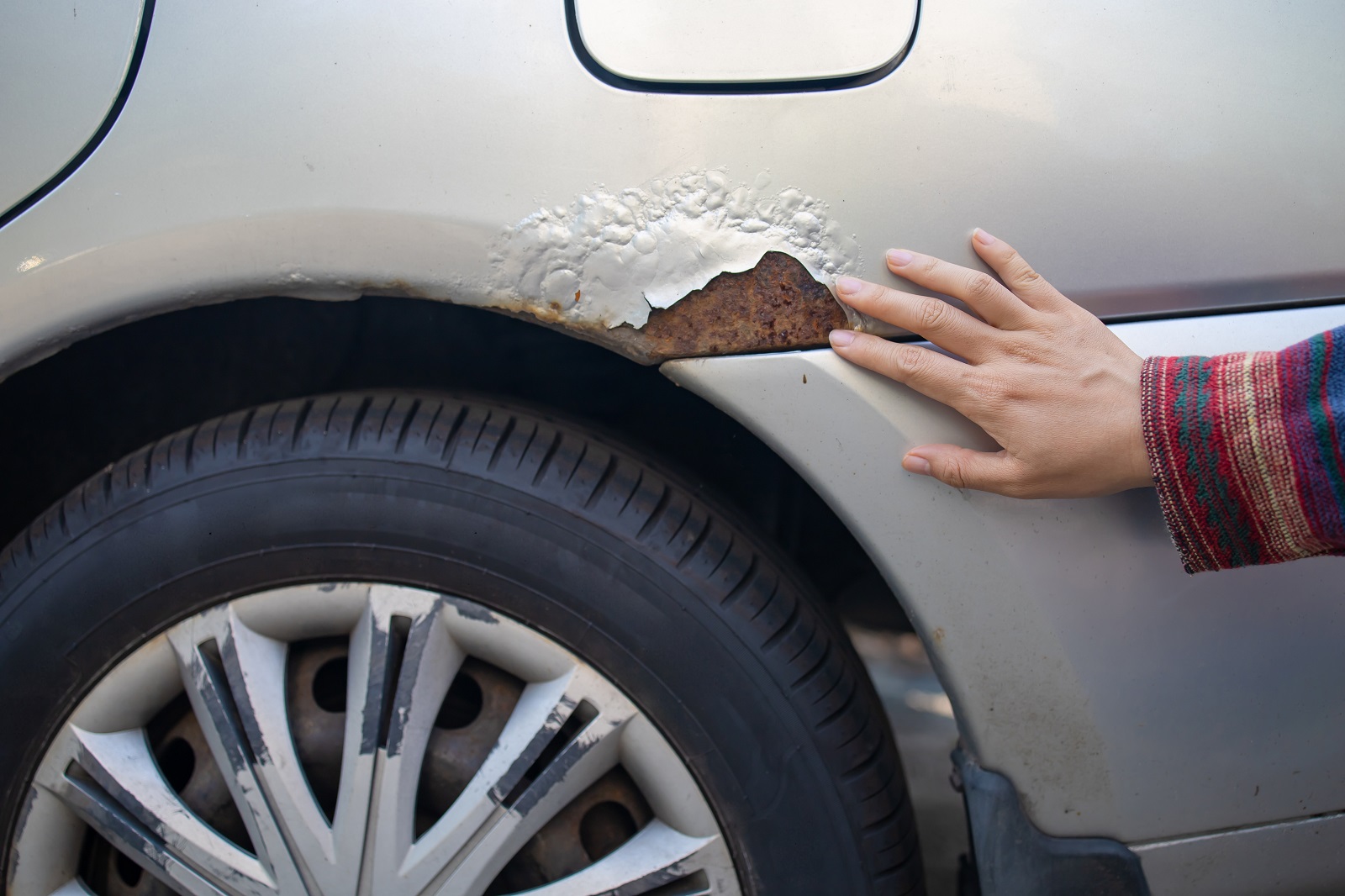
Image Credit: Shutterstock / Yanya
Rust is every car owner’s nightmare. To cut costs, some manufacturers skimp on applying rust protection coatings. This can lead to your car rusting out much sooner, especially if you live in areas with harsh winters or salty roads. Suddenly, that great deal doesn’t seem so great anymore.
6. Using Inferior Fasteners
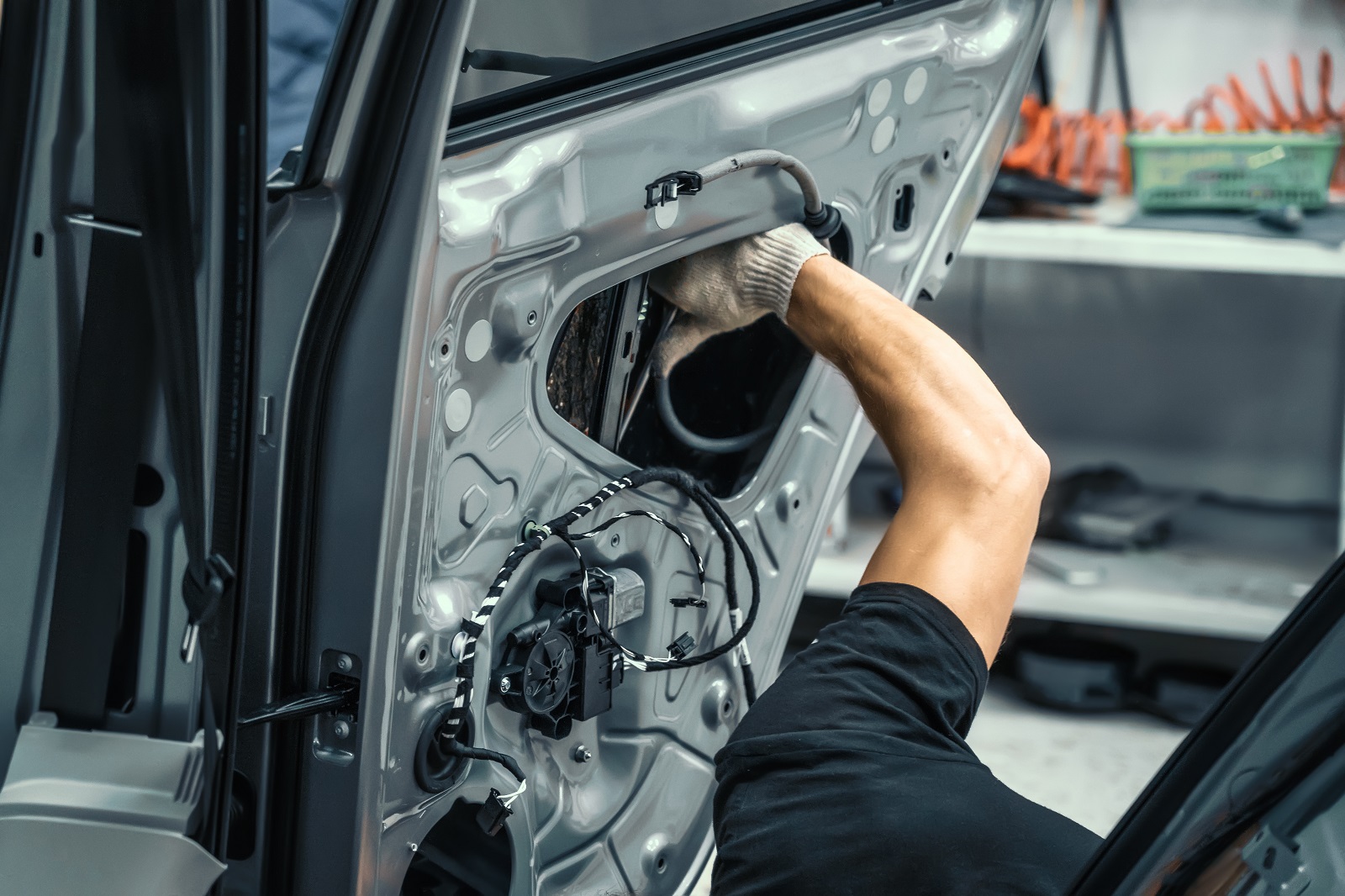
Image Credit: Shutterstock / DedMityay
Ever had a door handle come loose or a seat wobble? Cheaper screws, bolts, and rivets might be to blame. These small parts might not seem like a big deal, but they play a crucial role in keeping your car together. Inferior fasteners can lead to annoying and sometimes dangerous issues down the line.
7. Reducing Sound Deadening Materials
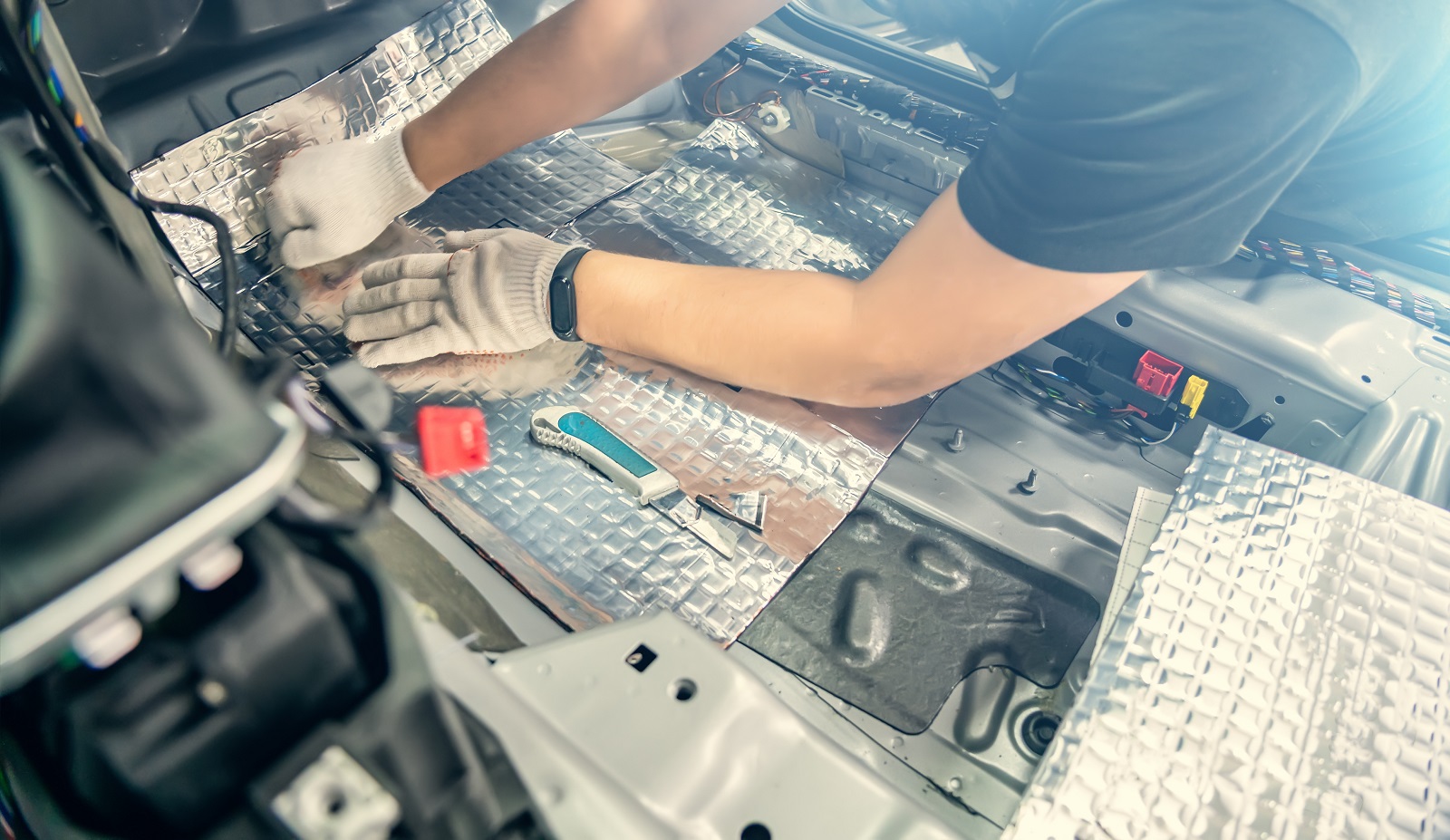
Image Credit: Shutterstock / DedMityay
Love a quiet ride? So do we. But cutting back on soundproofing materials can make your car noisier, affecting ride comfort. Imagine trying to enjoy your favorite music or having a conversation with a constant roar from the road—definitely not the driving experience you paid for.
8. Simplifying Suspension Systems
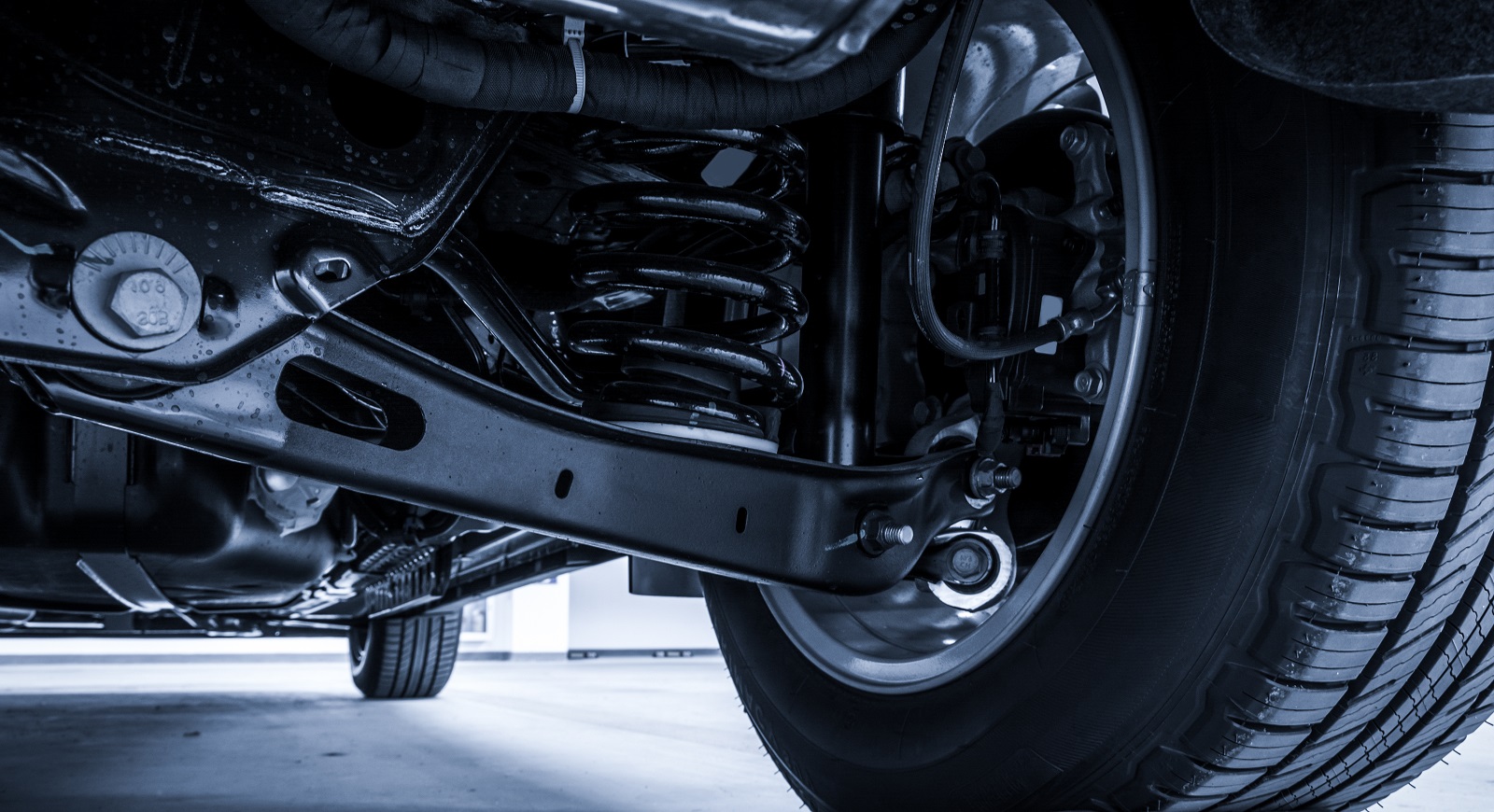
Image Credit: Shutterstock / John_T
A good suspension system makes a world of difference in how your car handles and feels on the road. By simplifying or downgrading these components, manufacturers can save money, but it means a bumpier, less comfortable ride for you.
9. Installing Lower-Quality Tires
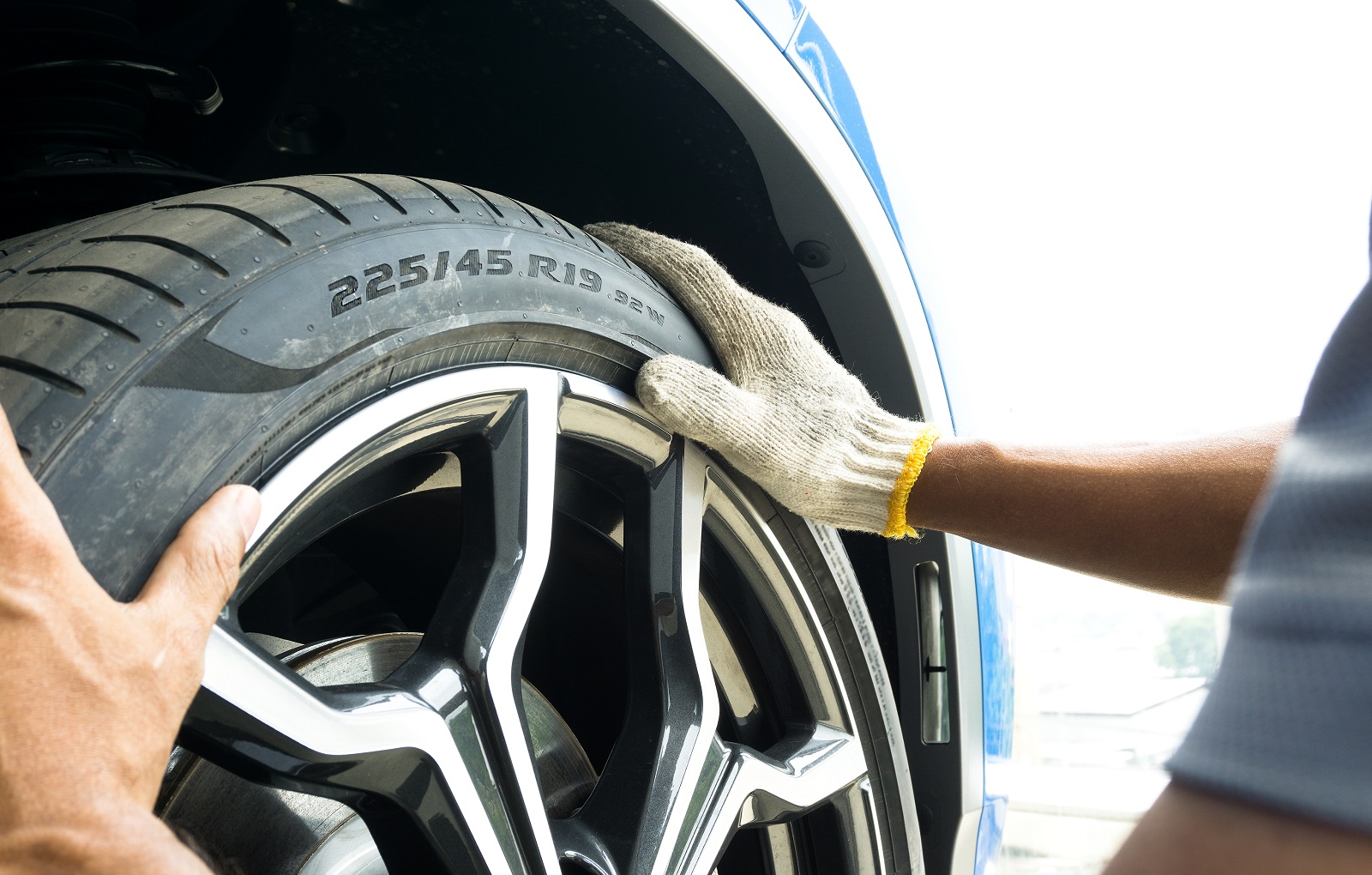
Image Credit:Shutterstock / Smile Fight
Tires are critical for safety, handling, and fuel efficiency. Some manufacturers opt for cheaper, lower-quality tires to cut costs. This not only compromises your car’s performance but can also lead to quicker wear and the need for early replacements.
10. Skimping on Interior Features

Image Credit: Shutterstock / Everyonephoto Studio
When you sit in a new car, you expect comfort and convenience. However, some automakers cut back on interior features or use cheaper materials for seats and dashboards. This can lead to a less enjoyable driving experience and faster wear and tear.
11. Using Less Durable Seat Materials
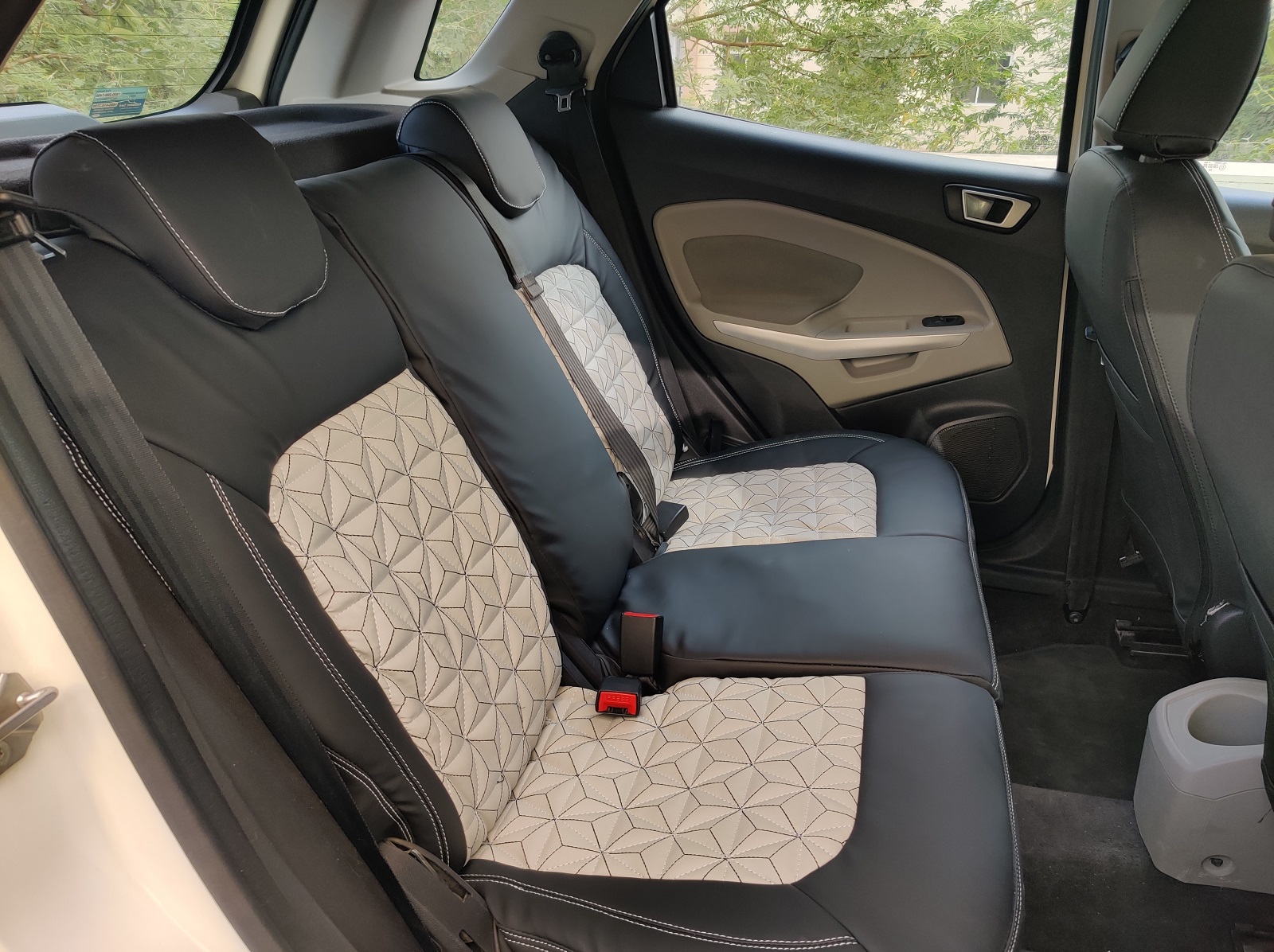
Image Credit: Shutterstock / Nikhil Mantri
Cheaper upholstery might look fine at first, but it can wear out quickly. Ever had seats that start looking old and saggy within a year or two? That’s the result of cost-cutting on interior materials. Not only does it look bad, but it’s also uncomfortable.
12. Cutting Back on Safety Features

Image Credit: Shutterstock / Sippapas somboonkarn
Safety should always come first, but some manufacturers skimp on essential features to save money. This might include fewer airbags or less advanced driver assistance systems (ADAS). It’s a cost-saving measure that could put your safety at risk.
13. Reducing Quality Control Inspections

Image Credit: Shutterstock / GBJSTOCK
Skipping thorough quality checks allows manufacturers to cut costs and speed up production. Unfortunately, this means more defects slip through, leading to potential recalls and frustrating repairs. It’s like playing a game of chance with your vehicle’s reliability.
14. Using Cheaper Electronics

Image Credit: Shutterstock / CC7
Cheaper electronics and sensors can save money upfront but often lead to reliability issues. Have you ever experienced a sensor failure or glitchy electronics in your car? Those issues are more common with cost-cutting measures.
15. Simplifying Engine Components
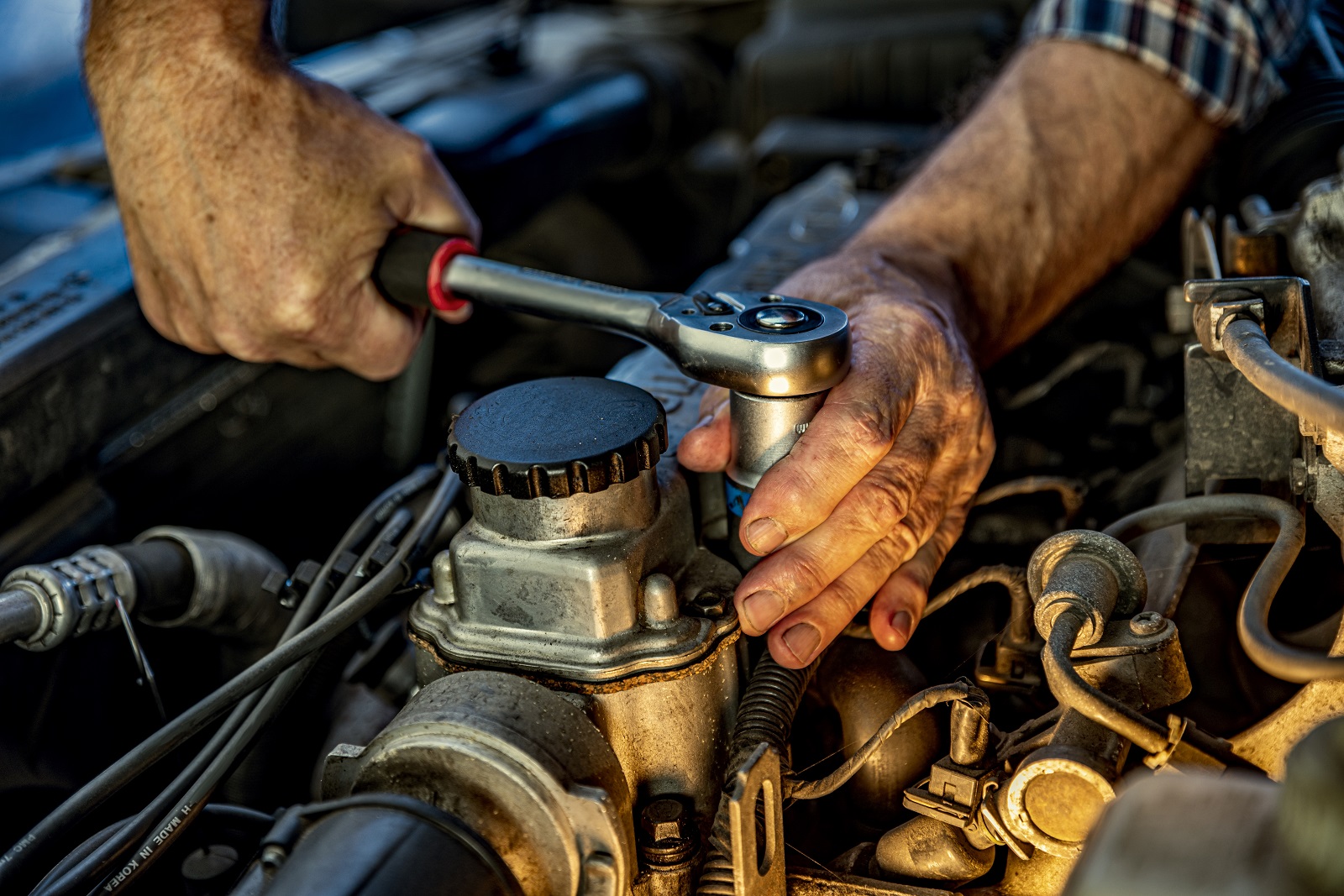
Image Credit: Shutterstock / TSViPhoto
Simpler, less robust engine components might save manufacturers money, but they can also lead to lower performance and shorter engine life. This means more frequent and costly repairs for you.
16. Using Lower-Quality Lubricants

Image Credit: Shutterstock / Sergei_Salnikov
Cheaper lubricants and fluids might save on production costs but result in higher wear and tear on moving parts. This can lead to more frequent maintenance and potential engine damage.
17. Reducing Warranty Coverage

Image Credit: Shutterstock / Aleksandar Karanov
Offering shorter or less comprehensive warranty coverage helps manufacturers save money. However, this leaves you with higher out-of-pocket expenses for repairs and maintenance, which can add up quickly.
Cutting Quality

Image Credit: Shutterstock / Hryshchyshen Serhii
Next time you’re in the market for a new car, keep these cost-cutting measures in mind. Understanding where manufacturers might skimp on quality can help you make a more informed decision. After all, you deserve a car that’s built to last without hidden compromises.
2024’s Most Anticipated Car Releases: What’s Coming Soon

Image Credit: Shutterstock / canadianPhotographer56
If you love cars, 2024 is shaping up to be an exciting year. New models are rolling out with more power, better tech, and some fresh designs that could change the game. Here’s the scoop on the top cars hitting the streets soon. 2024’s Most Anticipated Car Releases: What’s Coming Soon
21 Mods That Make Your Car Illegal

Image Credit: Shutterstock / macondo
Car modifications can enhance style and performance, but not all modifications are legal. Here are 21 illegal car modifications that can get you in trouble with the law across various states. 21 Mods That Make Your Car Illegal
10 American Classic Cars That Define a Generation

Image Credit: Shutterstock / Krisz12Photo
American classic cars are symbols of their eras, each telling a story of its time and capturing the essence of car culture. Here are ten classics that defined generations. 10 American Classic Cars That Define a Generation
Featured Image Credit: Shutterstock / Golden Brown.
For transparency, this content was partly developed with AI assistance and carefully curated by an experienced editor to be informative and ensure accuracy.
